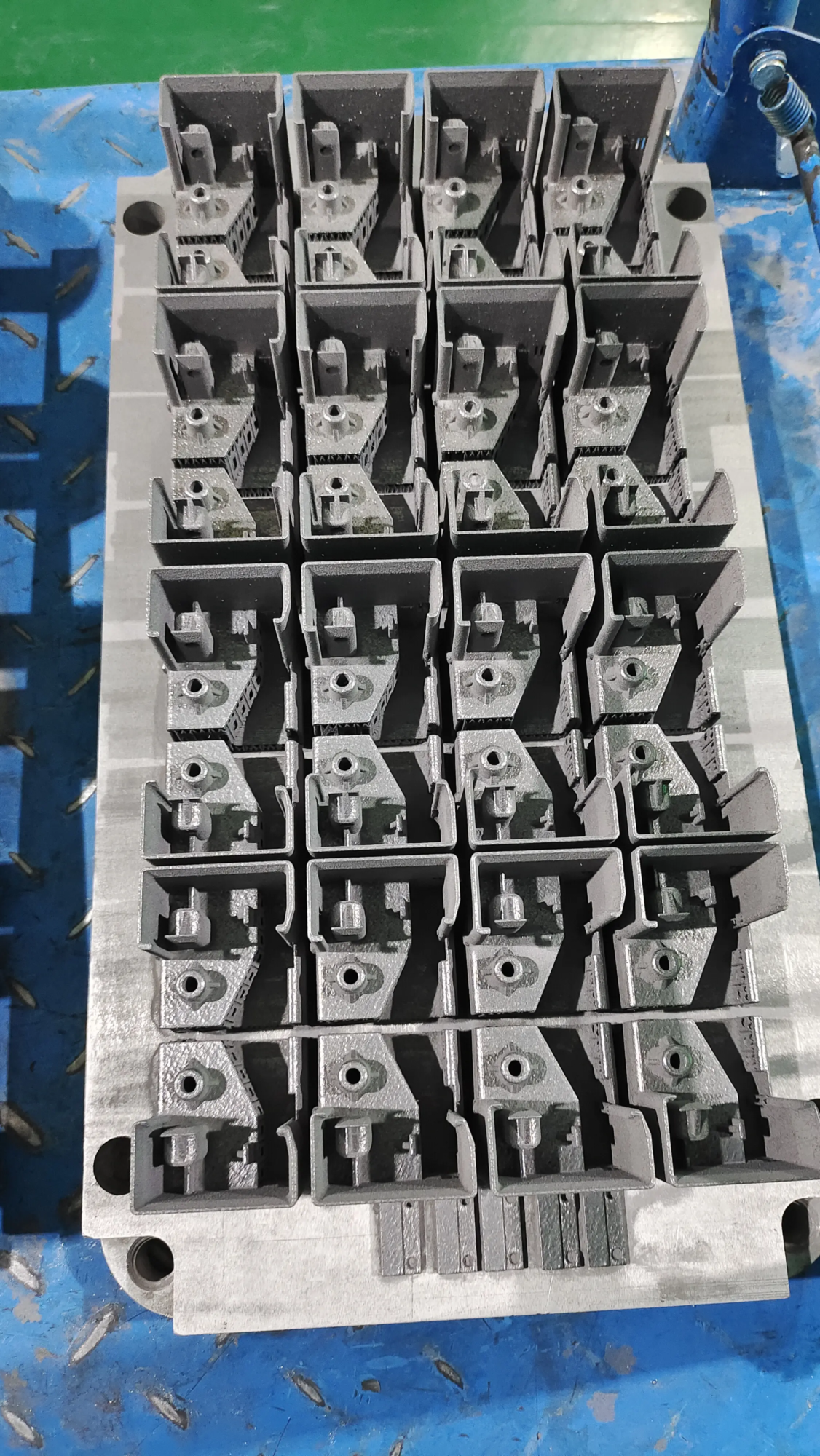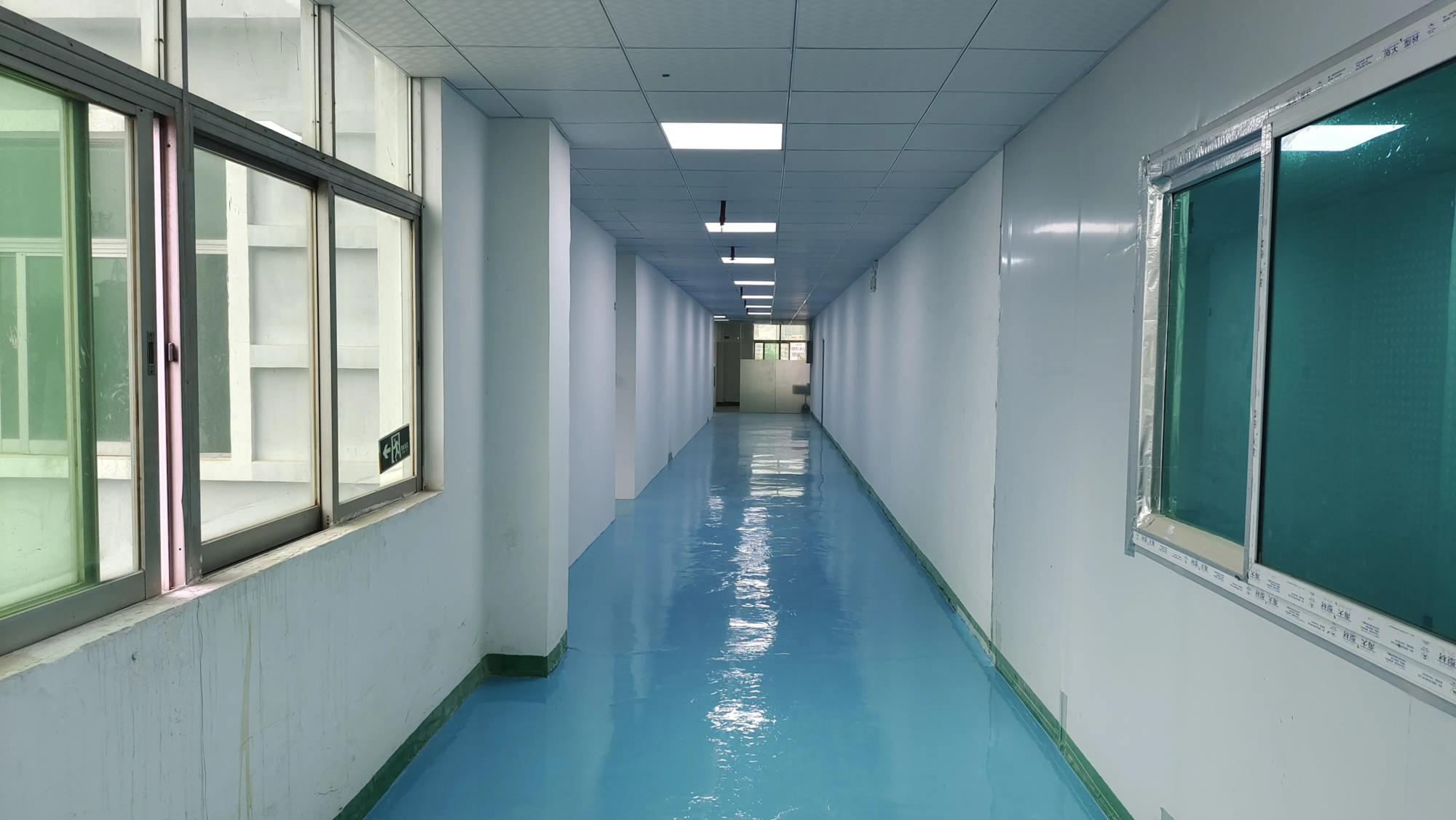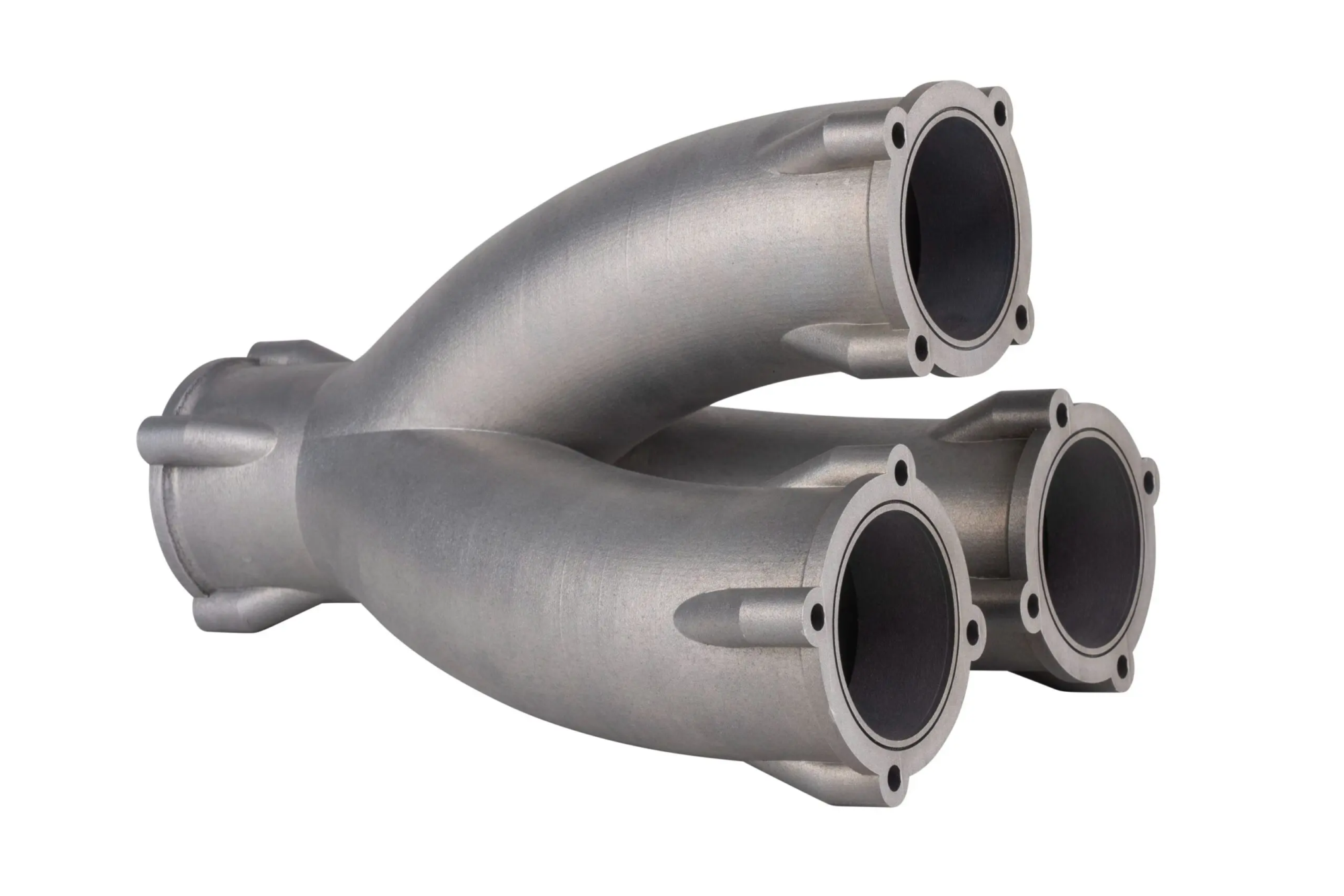Protect your workspace: 33 Safe 3D Printed Airflow Strategy Health and Quality
The buzz of 3D printers is a familiar sound in workshops and laboratories around the world. But, besides the visible layer, the by-product of building an object is: particles in the air and potentially harmful smoke. Managing airflow is not only about ensuring smooth printing; this is a fundamental aspect Operator health, product quality and workshop safety. Whether you are using PLA printing in an amateur environment or using SLM techniques such as Greatlight professionals (such as professionals), effective airflow control is not negotiable.
This guide compiles 33 Operational and safe airflow strategies Create a healthier, cleaner and more reliable 3D printing environment.
Why is airflow management the most important
- health care: During the printing process, thermoplastics, especially ABS, nylon and resins, release ultra-iron particles (UFP) and volatile organic compounds (VOC). Metal printing involves fine, potentially reactive powders such as titanium or aluminum alloys. Long-term exposure can bring respiratory risks.
- Printing quality: A stable air temperature can prevent drafts that cause warping (especially in large ABS printing) and uncontrolled cooling, resulting in adhesion problems or cracks.
- Fire safety: Reducing dust accumulation (especially flammable nylon or powder residues in metals) minimizes fire hazards. Proper ventilation can remove potential combustible smoke.
- Equipment protection: Sensitive electronics and moving components within the printer benefit from coolers, cleaner air, reducing dust accumulation and overheating.
33 Safe 3D Printing Airflow Ideas
I. Excellent housing: Inclusion and control
- Case is not negotiable (FDM/resin): Always operate the filament and resin printer in a dedicated housing. This contains particles, smoke and stabilizes the temperature.
- Strategic Sealing: Use weather stripping or silicone seals around the fence doors and enter access points to minimize unexpected air leakage.
- Filter the pass: Design or choose a housing with a smaller HEPA filtered air intake to provide fresh air without compromising containment.
- Positive pressure potential: For highly sensitive filaments or critical applications, consider using a filtered intake fan to maintain a slightly positive internal pressure housing design, actively preventing ambient dust from entering.
- Internal active cross-flow: Install a quiet internal circulation fan inside the fence to prevent cold spots/cold spots without the need to place air. AIM flows layer by layer across the entire build board.
ii. Ventilation and vigilance: extraction and exchange
- Direct exhaust champion: Connect the housing directly to the external ventilation duct using a reliable axial or centrifugal fan. This is the gold standard for smoke and particle removal.
- Sealed pipe: Ensure that the pipe (rigid metal or smooth bending) is sealed in the closure of the hood from the outside to the outside to prevent leakage. Seal the joint with foil tape.
- Fan size issues: Calculate the required CFM (cubic feet per minute), the required air change (ACH) per hour based on the volume of the housing. Aim at 10-20 ACH. Ineffective fans of insufficient size.
- Variable speed control: The use of a speed controller on the exhaust fan balances the noise level with the extraction efficiency, thereby improving high emission materials.
- Passive intake valve: On the other side of the fence, merge the passive air inlet (terminated in the fine dust screen). This ensures no effective cross-ventilation that reduces fan efficiency.
- Maintain negative pressure: Ensure that the exhaust flow slightly exceeds the inlet, thereby creating negative pressure inside the housing. The smoke should be pulled into the vents instead of avoiding the blanks.
iii. Printer caution: location, location, location
- Dedicated space: Place the printer in a dedicated, well-ventilated room away from the living space and return the HVAC to the ventilation holes as much as possible.
- Avoid draft areas: Keep the printer away from open windows, doors, air conditioning vents or radiators, resulting in a destructive draft that damages the printing bed temperature.
- Elevated equipment: Place the printer on a stable surface instead of directly on the floor to reduce the intake of heavier settled dust.
- Workflow separation: Keep clear separation between the printing area and the post-treatment station (grinding, painting, powder treatment) to prevent cross-contamination.
iv. Filtration Defense: Clean Air
- HEPA filtering: Necessary conditions for capturing UFP. Place the HEPA filter in the exhaust fluid (unless it is exhausted directly outside) or use a separate HEPA air purifier adjacent to the printing station.
- Activated carbon mitigation measures: Add activated carbon filter/filter inserts to effectively capture VOC smoke. Note: These are saturated and need to be replaced regularly.
- Combination system: Comprehensive particle and smoke removal using multi-stage filtration (front filter->HEPA->Carbon) is common in high-end air purifiers.
- SLM Powder Treatment Filter: Crucial to metals: Use a special H13/H14 HEPA filter unit with explosion-proof fan for metal powder in glove box or enclosure system.
- Filter maintenance: Religious tracking and replacement filters based on usage time or manufacturer’s advice. The clogged filter greatly reduces airflow and effectiveness.
- "Never recycle metal" rule: For powder bed fusion: Air recovery in the printer must be filtered through a special internal filter. Environmental Workshops Air extraction/ventilation systems must also manage potential fugitives. no way Unfiltered air is circulated internally from the metal AM process.
V. Operation optimization: intelligent printing practice
- Material consciousness: Study emission profile. Retain high amounts of material (such as ABS) when used for well-ventilated spaces or when ensuring excellent filtration. PLA is usually a lower emission.
- Minimize opening hours: Keep the resin VAT cover on the SLA printer and housing doors as much as possible and close on FDM/other processes.
- Cooling protocol: Before turning on, let the print cool in a closed, filtered (or low flow) environment to allow trapped particles to settle.
- Preprint cleaning: Wipe the manufacturing boards and internal fences to minimize dust.
- Smart post-processing: Grind, bond or solvent smooth in a separate well-ventilated area (preferably in suction or spray booth).
- Material removal safety (metal): Always decompress and remove SLM parts in a closed HEPA filter glove box or extractor system to prevent operator exposure.
vi. Substantial specific measures
- Resin Printer Focus: Enclose the SLA/DLP/LCD printer, combine the internal exhaust/extraction system with the carbon filter and use low-layer resin where possible. Nitric acid gloves are essential for handling liquid resins.
- Nylon and Abs Beware: Due to the large amount of styrene/flue gas emissions, the highest levels of housing sealing and exhaust ventilation are required.
- Metal powder scheme: Operate the SLM printer in a dedicated room and supplement negative pressure ventilation at the establishment unit access point and powder treatment station.
vii. Surveillance and Alert: Knowledge is Power
- Your monitor: Visualize real-time spatio-chemistry levels near your printing area with an affordable plug-in VOC sensor.
- Dust-proof particle counter: Quantify suspended particle matter (PM2.5/pm10) to measure filtration and ventilation efficiency, especially during the active printing phase.
- Traditional smoke alarms: The basic functional smoke alarm for nearby (but not directly) printers is a critical last-line fire safety measure. Consider a dedicated fire suppression ball designed for the printer.
Conclusion: Breathe easily and print safely
Mastering 3D printed airflow is not optional; this is the inherent part of the operation. Ignoring it can harm health, print success, safety and device life. Even if these 33 strategies are implemented, starting with the proper shell and active extraction will create a significantly safer and more productive environment.
In GreatlightOur commitment to safety and quality permeates every aspect of our Advanced SLM metal 3D printing and comprehensive rapid prototyping service. We carefully manage state-of-the-art metal powder handling systems and airflow and filtration in production floors to ensure operator safety and partial integrity. We understand the complexity of managing materials, smoke and powders from polymer prototypes to complex metal components. Supported by strict security protocols, let our expertise meet your demanding prototype needs.
Are you ready for professional grades without ventilation? Greglight offers: Accurate and reliable rapid prototyping and post-processing, custom materials and top-notch SLM production. [Explore our capabilities and request your custom quote today.]
FAQ (FAQ)
Q1: Is the printed PLA safe and unventilated?
Although PLA emits much less harmful smoke than ABS or nylon, it still releases UFP. Long-term exposure is not recommended. At least through the HEPA air purifier in the room, use a passive ambient filtered fence, especially for extended printing sessions.
Q2: Can I vent the printer outside the window?
Yes, it is highly recommended to do so effectively remove it. Use an adjustable plate or insert to properly seal the pipe to the window to ensure smoke does not re-enter. Remember to consider outdoor conditions – Exhaust Extremely Cold Air Enter The shell can cause printing failure.
Question 3: How often should I replace the activated carbon filter?
It depends to a large extent on the material used and printed. Typically, carbon filters last for 3-6 months with medium FDM, but can be saturated faster using high amounts of materials or resin. Signs include reducing airflow and detectable odors. Monitor the VOC level if possible.
Question 4: Are cheap HEPA air purifiers effective for 3D printing?
Budget-friendly units can help with the use of general onboard particles, but for active printers, especially larger printers, the particle load may lack sufficient airflow (CADR-clean air delivery speed). Check the CADR rating for room size and choose the highest affordable rating. The HEPA+carbon combination is ideal.
Q5: What is the most critical airflow element for SLM metal 3D printing?
Managing metal powders is crucial. This includes:
- Internal machine filtering: Ensure that the printer’s recirculation airflow is impeccable.
- Powder treatment curb: Use a HEPA filtered glove box for powder loading, sieving and partial unboxing.
- Ambient ventilation: Negative pressure and local exhaust ventilation are implemented in the production chamber to capture any fugitives. Fire suppression is also essential. This level of control is inherent in professional operations such as Greatlight.





